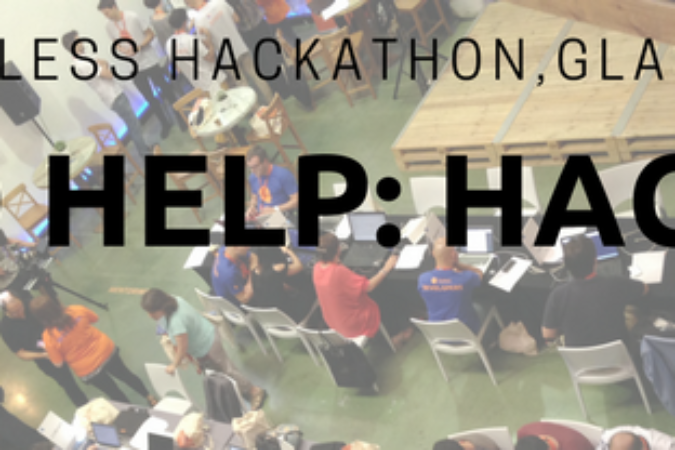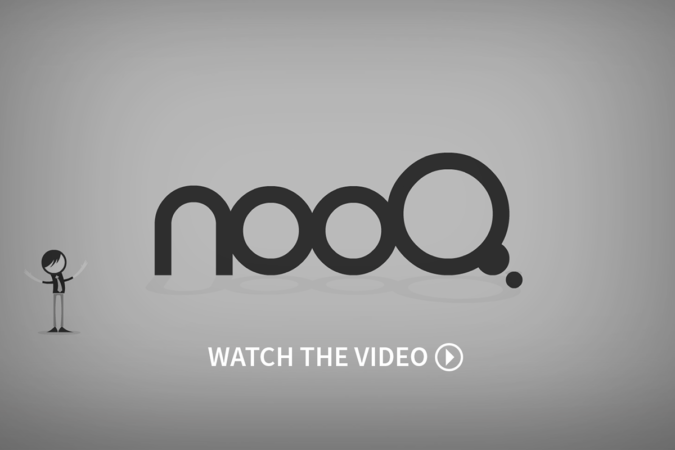We spend most of our waking hours working—or at least thinking about work. At nooQ we think there has to be a better way of working. Thanks to smartphones and constant connectivity, many of us are never really off the clock.
 To be sure, you’d be hard‐pressed to find people without strong opinions about their jobs, cultures, bosses, and colleagues. Such feelings are often visceral. Witness the emphatic reactions across the board about the NY Times‘ piece on conditions at Amazon.com. Many people believe that how we’re working isn’t working, we need a better way of working. To this end, some have even called for dramatically rethinking the very notion of work, but centuries of economic incentives, cultural norms, and managerial mind‐sets don’t change overnight.
To be sure, you’d be hard‐pressed to find people without strong opinions about their jobs, cultures, bosses, and colleagues. Such feelings are often visceral. Witness the emphatic reactions across the board about the NY Times‘ piece on conditions at Amazon.com. Many people believe that how we’re working isn’t working, we need a better way of working. To this end, some have even called for dramatically rethinking the very notion of work, but centuries of economic incentives, cultural norms, and managerial mind‐sets don’t change overnight.
This begs the question: What significant part of our jobs can we most readily change?
For starters, how about the way that we interact with each other? As Phil Simon wrote in Message Not Received, business communication is fundamentally broken. As Jerry Seinfeld has so eloquently put it, we can put a man on the moon, but we can’t solve ostensibly simple problems. In this case, we just can’t communicate effectively while we’re on the clock. More specifically, people rely far too much on e‐mail and jargon when, instead, they should embrace better applications and simpler language.
The bean counter in you might be asking, How much does this cost?

It’s a fair query. E‐mail might not be the best way to communicate, but its ubiquity and staying power are nothing short of remarkable. Why has it prevailed? Several important factors explain its persistence. First, it’s essentially free. I would imagine that a marginal per‐e‐mail tax would make people think twice before cc‐ing the world. Second, employees know to use it. There’s zero learning curve on e‐mail. Finally, up until fairly recently, the choice of powerful, user‐friendly, and affordable alternatives has been fairly limited.
That is no longer the case.
Google “collaboration tools” and you’ll receive more than 839,000 results. Forget that sheer mind‐boggling number, however. There’s a critical qualitative difference between most contemporary tools and their antecedents from a decade ago. Thanks to cloud computing and its cousin Software as a Service (SaaS), organizations can get started for a fraction of the budget required in 2004, much less sooner. Say goodbye to traditional impediments such as year‐long consulting gigs, expensive upfront costs, and vast uncertainty about whether a new application will take root within an organization. Email has been around in the workplace for over twenty years, we are just getting started with new alternative communications methods, instant messaging, social collaboration, internal activity streams and not forgetting a more transparent way of sharing status updates and ideas. Quite simply, we need a better way of working. We are getting used to this way in our personal lives and the workplace has some catching up to do.
Better Way of Working.
Many software vendors operate under the freemium model, effectively allowing users to try before they buy—to date before getting married. Again, this was unheard of a decade ago.
Simon Says: The future of collaboration has arrived.
Business communication is not permanently broken. On the contrary, the problem is entirely fixable. We just need better ways, better methods.
It has never been easier, cheaper, and less risky to try a new collaboration and communications tool. The most progressive organizations are trying—and adopting—applications that allow their to work smarter, minimize superfluous busywork, and keep institutional knowledge where it belongs (in a searchable repository).
At nooQ we have developed software to stop you spending hours in your inbox. Control the scroll. Don’t keep continuing to read in the hope of finding something interesting. Let nooQ do that for you.
What have you got to lose?
Feedback
What say you?





